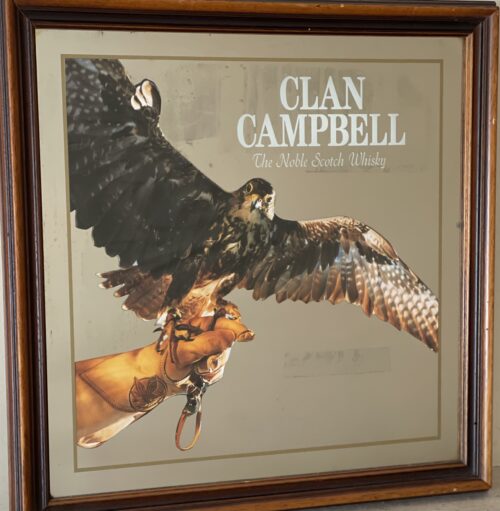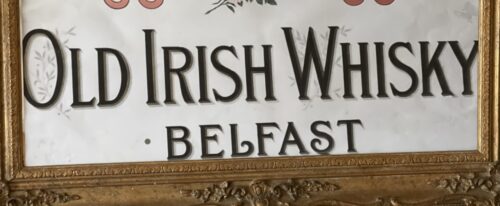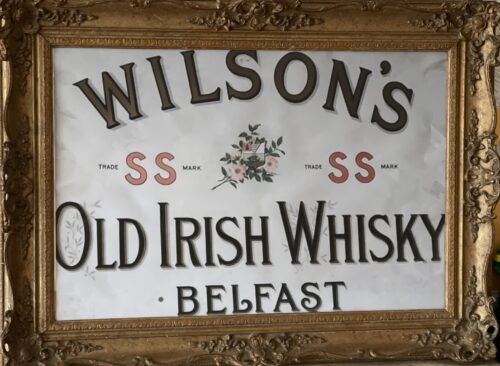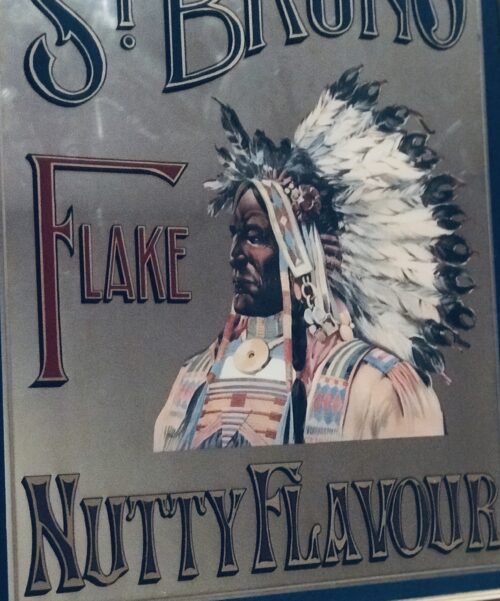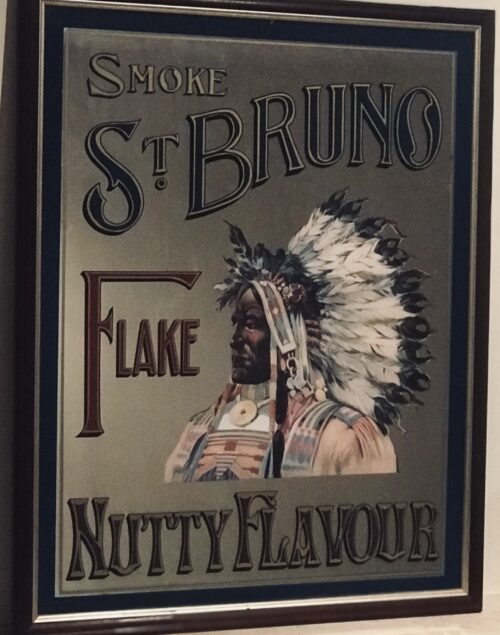The
First Dáil (
Irish:
An Chéad Dáil) was
Dáil Éireann as it convened from 1919 to 1921. It was the first meeting of the
unicameral parliament of the
revolutionary Irish Republic. In the
December 1918 election to the
Parliament of the United Kingdom, the
Irish republican party
Sinn Féin won a landslide victory in Ireland. In line with
their manifesto, its MPs
refused to take their seats, and on 21 January 1919 they founded a separate parliament in Dublin called
Dáil Éireann ("Assembly of Ireland").
They
declared Irish independence, ratifying the
Proclamation of the Irish Republicthat had been issued in the 1916
Easter Rising, and adopted a
provisional constitution.
Its first meeting happened on the same day as
one of the first engagements of what became the
Irish War of Independence. Although the Dáil had not authorised any armed action, it became a "symbol of popular resistance and a source of legitimacy for fighting men in the guerrilla war that developed".
The Dáil was outlawed by the British government in September 1919, and thereafter it met in secret. The First Dáil met 21 times and its main business was establishing the Irish Republic.
It created the beginnings of an independent Irish government and state apparatus. Following the
May 1921 elections, the First Dáil was succeeded by the
Second Dáil of 1921–1922
Background
In 1918
Ireland was a part of the
United Kingdom of Great Britain and Ireland and was represented in the
British House of Commons by 105
MPs. From 1882, most Irish MPs were members of the
Irish Parliamentary Party (IPP) who strove in several
Home Rule Bills to achieve self-government for Ireland within the United Kingdom by constitutional means. This approach put the
Government of Ireland Act 1914 on the statute book but its implementation was postponed with the outbreak of the
World War I. In the meantime the more radical
Sinn Féin party grew in strength.
Sinn Féin's founder,
Arthur Griffith, believed Irish nationalists should emulate the
Hungarian nationalists who had gained partial independence from
Austria. In 1867, led by
Ferenc Deák, Hungarian representatives had boycotted the Imperial parliament in Vienna and unilaterally established their own legislature in Budapest. The Austrian government had eventually become
reconciled to this new state of affairs. Members of Sinn Féin also, however, supported gaining independence by means of an armed uprising if necessary.
In April 1916, during the First World War, Irish republicans launched an uprising against
British rule in Ireland, called the
Easter Rising. They
proclaimed an Irish Republic. After a week of heavy fighting, mostly in Dublin, the rising was put down by British forces. About 3,500 people were taken prisoner by the British, many of whom had played no part in the Rising. Most of the Rising's leaders were executed. The rising, the British response, and the British
attempt to introduce conscription in Ireland, led to greater public support for Sinn Féin and Irish independence. The party was also helped by the 1918
Representation of the People Act which increased the Irish electorate from around 700,000 to about two million.
In the
1918 general election, Sinn Féin won 73 out of the 105 Irish seats in the House of Commons. Elections were held almost entirely under the '
first-past-the-post voting' system.
In 25 constituencies, Sinn Féin won the seats unopposed.
Unionists (including
Ulster Unionist Labour Association) won 26 seats, all but three of which were in the six counties that today form
Northern Ireland, and the IPP won only six (down from 84), all but one in
Ulster. The
Labour Party did not stand in the election, allowing the electorate to decide between
home rule or a republic by having a clear choice between the two nationalist parties. The IPP won a smaller share of seats than votes due to the first-past-the-post system.
Sinn Féin's manifesto had pledged to establish an Irish Republic by founding "a constituent assembly comprising persons chosen by Irish constituencies" which could then "speak and act in the name of the Irish people". Once elected the Sinn Féin MPs chose to follow through with their manifesto.
First meeting

The Mansion House, Dublin

Cathal Brugha, the Dáil's first speaker and president
Sinn Féin had held several meetings in early January to plan the first sitting of the Dáil. On 8 January, it publicly announced its intention to convene the assembly. On the night of 11 January, the
Dublin Metropolitan Police raided Sinn Féin headquarters and seized drafts of the documents that would be issued at the assembly. As a result, the British administration was fully aware what was being planned.
The first meeting of Dáil Éireann began at 3:30 pm on 21 January in the Round Room of the
Mansion House, the residence of the
Lord Mayor of Dublin.
It lasted about two hours. The packed audience in the Round Room rose in acclaim for the members of the Dáil as they walked into the room, and many waved
Irish tricolour flags.
A tricolour was also displayed above the lectern.
Among the audience were the Lord Mayor
Laurence O'Neill and
Maud Gonne.
Scores of Irish and international journalists were reporting on the proceedings. Outside, Dawson Street was thronged with onlookers.
Irish Volunteers controlled the crowds, and police were also present.
Precautions had been taken in case the assembly was raided by the British authorities.
A reception for British soldiers of the
Royal Dublin Fusiliers, who had been prisoners of war in Germany, had ended shortly beforehand.
Twenty-seven Sinn Féin MPs attended. Invitations had been sent to all elected MPs in Ireland, but the Unionists and Irish Parliamentary Party MPs declined to attend. The IPP's
Thomas Harbison, MP for
North East Tyrone, acknowledged the invitation but wrote he should "decline for obvious reasons". He expressed sympathy with the call for Ireland to have a hearing at the
Paris Peace Conference.
Sir
Robert Henry Woods was the only unionist who declined rather than ignored his invitation.
Sixty-nine Sinn Féin MPs had been elected (four of whom represented more than one constituency), but thirty-four were in prison, and eight others could not attend for various reasons.
Those in prison were described as being "imprisoned by the foreigners" (
fé ghlas ag Gallaibh).
Michael Collins and
Harry Boland were marked in the roll as
i láthair (present), but the record was later amended to show that they were
as láthair (absent). At the time, they were in England planning the escape of
Éamon de Valera from
Lincoln Prison, and did not wish to draw attention to their absence.
Being a first and highly symbolic meeting, the proceedings of the Dáil were held wholly in the
Irish language, although translations of the documents were also read out in English and French.
George Noble Plunkett opened the session and nominated
Cathal Brugha as acting
Ceann Comhairle (chairman or
speaker), which was accepted. Both actions "immediately associated the Dáil with the 1916 Rising, during which Brugha had been seriously wounded, and after which Plunkett’s son had been executed as a signatory to the famed Proclamation".
Brugha then called upon Father
Michael O'Flanagan to say a prayer.
Declarations and constitution

Cover page of the Declaration of Independence
A number of short documents were then read out and adopted. These were the:
These documents asserted that the Dáil was the parliament of a sovereign state called the "
Irish Republic". With the Declaration of Independence, the Dáil ratified the
Proclamation of the Irish Republic that had been issued in the 1916 Rising,
and pledged "to make this declaration effective by every means". It stated that "the elected representatives of the Irish people alone have power to make laws binding on the people of Ireland, and that the Irish Parliament is the only Parliament to which that people will give its allegiance". It also declared "foreign government in Ireland to be an invasion of our national right" and demanded British military withdrawal.
Once the Declaration was read, Cathal Brugha said (in Irish): "Deputies, you understand from what is asserted in this Declaration that we are now done with England. Let the world know it and those who are concerned bear it in mind. For come what may now, whether it be death itself, the great deed is done".
The Message to the Free Nations called for international recognition of Irish independence and for Ireland to be allowed to make its case at the
Paris Peace Conference.
It stated that "the existing state of war between Ireland and England can never be ended until Ireland is definitely evacuated by the armed forced of England". Although this could have been a "rhetorical flourish", it was the nearest the Dáil came to a declaration of war.
The Dáil Constitution was a brief provisional constitution. It stated that the Dáil had "full powers to legislate" and would be composed of representatives "chosen by the people of Ireland from the present constituencies of the country". It established an executive government or
Ministry (
Aireacht) made up of a
president (
Príomh-Aire) chosen by the Dáil, and ministers of finance, home affairs, foreign affairs and defence. Cathal Brugha was elected as the first, temporary president.
He would be succeeded, in April, by Éamon de Valera.
Reactions
The first meeting of the Dáil and its declaration of independence was headline news in Ireland and abroad.
However, the press censorship that began during the First World War was continued by the British administration in Ireland after the war. The Press Censor forbade all Irish newspapers from publishing the Dáil's declarations.
That evening, a British unionist view of events was printed in a newspaper. It said that the British
Lord Lieutenant of Ireland, "
Lord French, is today the master of Ireland. He alone [...] will decide upon the type of government the country is to have, and it is he rather than any member of the House of Commons, who will be the judge of political and industrial reforms".
Lord French's observer at the meeting, George Moore, was impressed by its orderliness and told French that the Dáil represented "the general feeling in the country".
The Irish Times, then the voice of the Unionist status quo, called the events both farcical and dangerous.
Irish republicans, and many nationalist newspapers, saw the meeting as momentous and the beginning of "a new epoch".
According to one observer: "It is difficult to convey the intensity of feeling which pervaded the Round Room, the feeling that great things were happening, even greater things impending, and that in looking around the room he saw a glimpse of the Ireland of the future".
One American journalist was more accurate than most when he forecast that "The British government apparently intends to ignore the Sinn Fein republic until it undertakes to enforce laws that are in conflict with those established by the British; then the trouble is likely to begin".
Irish War of Independence
Members of the
Irish Volunteers, a republican paramilitary organization, "believed that the election of the Dáil and its declaration of independence had given them the right to pursue the republic in the manner they saw fit".
It began to refer to itself as the
Irish Republican Army (IRA).
The First Dáil was "a visible symbol of popular resistance and a source of legitimacy for fighting men in the guerrilla war that developed".
On the same day as the Dáil's first meeting, two officers of the
Royal Irish Constabulary (RIC) were
killed in an ambush in
County Tipperary by members of the Irish Volunteers. The Volunteers seized the explosives the officers had been guarding. This action had not been authorised by the Irish Volunteer leadership nor by the Dáil. Although the Dáil and the Irish Volunteers had some overlapping membership, they were separate and neither controlled the other.
After the founding of the Dáil, steps were taken to make the Volunteers the army of the new self-declared republic. On 31 January 1919 the Volunteers' official journal,
An tÓglách ("The Volunteer"), stated that Ireland and England were at war, and that the founding of Dáil Éireann and its declaration of independence justified the Irish Volunteers in treating "the armed forces of the enemy – whether soldiers or policemen – exactly as a
national army would treat the members of an invading army".
In August 1920, the Dáil adopted a motion that the Irish Volunteers, "as a standing army", would swear allegiance to it and to the Republic.
The Soloheadbeg ambush "and others like it that occurred during 1919 were not […] intended to be the first shots in a general war of independence, though that is what they turned out to be".
It is thus seen as one of the first actions of the
Irish War of Independence. The Dáil did not debate whether it would "accept a state of war" with, or declare war on, the United Kingdom until 11 March 1921.
It was agreed unanimously to give President De Valera the power to accept or declare war at the most opportune time, but he never did so.
In September 1919 the Dáil was declared illegal by the British authorities and thereafter met only intermittently and at various locations.
The Dáil also set about attempting to secure
de factoauthority for the Irish Republic throughout the country. This included the establishment of a parallel judicial system known as the
Dáil Courts. The First Dáil held its last meeting on 10 May 1921. After elections on 24 May the Dáil was succeeded by the Second Dáil which sat for the first time on 16 August 1921.
Prominent members

Members of the First Dáil, 10 April 1919.
1st row (left to right):
L. Ginnell,
M. Collins,
C. Brugha,
A. Griffith,
É. de Valera,
Count Plunkett,
E. MacNeill,
W. T. Cosgrave and
E. Blythe.
2nd row (l to r):
P. J. Moloney,
T. MacSwiney,
R. Mulcahy,
J. O'Doherty,
S. O'Mahony,
J. Dolan,
J. McGuinness,
P. O'Keefe,
M. Staines,
J. McGrath,
B. Cusack,
L. de Róiste,
M. Colivet and
M. O'Flanagan ((VP of Sinn Féin).
3rd row (l to r):
P. Ward,
A. McCabe,
D. FitzGerald,
J. Sweeny,
R. Hayes,
C. Collins,
P. Ó Máille,
J. O'Mara,
B. O'Higgins,
S. Burke and
K. O'Higgins.
4th row (l to r):
J. McDonagh and
S. MacEntee.
5th row (l to r):
P. Béaslaí,
R. Barton and
P. Galligan.
6th row (l to r):
P. Shanahan and
S. Etchingham.
Legacy
The First Dáil and the general election of 1918 came to occupy a central place in Irish republicanism and nationalism. Today the name
Dáil Éireann is used for the lower house of the modern
Oireachtas (parliament) of the
Republic of Ireland. Successive
Dála (plural for Dáil) continue to be numbered from the "First Dáil" convened in 1919. The current Dáil, elected in 2020, is accordingly the "
33rd Dáil". The 1918 general election was the last time the whole island of Ireland voted as a unit
until elections to the
European Parliament over sixty years later. The landslide victory for Sinn Féin was seen by Irish republicans as an overwhelming endorsement of the principle of a united independent Ireland.
Until recently republican paramilitary groups, such as the
Provisional IRA, often claimed that their campaigns derived legitimacy from this 1918 mandate, and some still do.
The First Dáil "created the beginnings of an independent Irish governmental and bureaucratic machine", and was a means by which "a formal constitution for the new state was created".
It also "provided the personnel and the authority to conclude the
articles of agreement with Britain and bring the war to an end".
The Irish state has commemorated the founding of the First Dáil several times, as "the anniversary of when a constitutionally elected majority of MPs declared the right of the Irish people to have their own democratic state".
Seán MacEntee, who died on 10 January 1984 at the age of 94, was the last surviving member of the First Dáil.














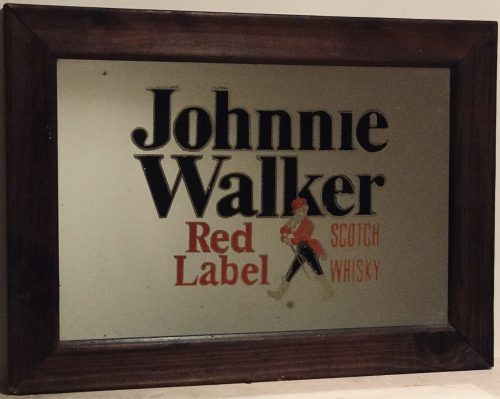













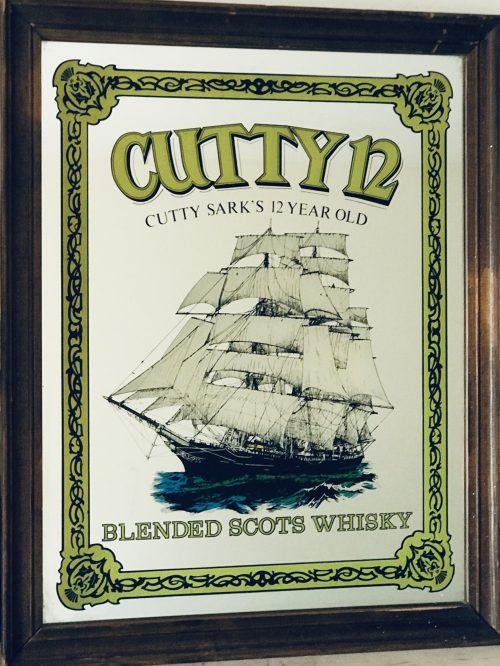







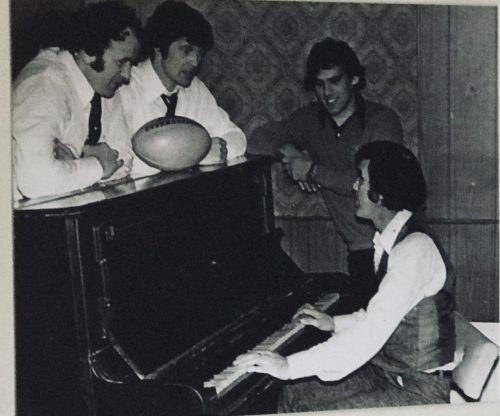
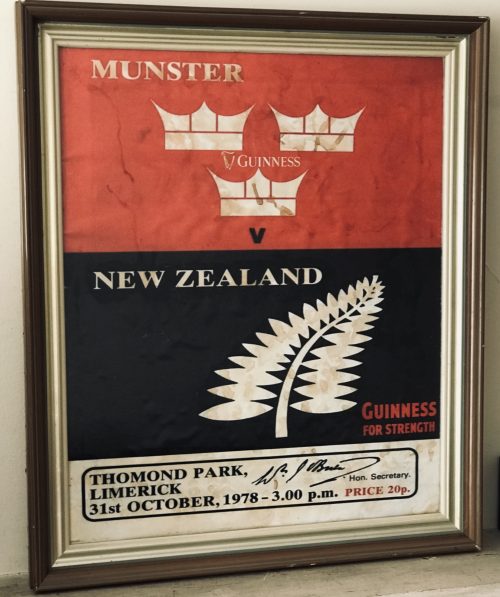

 Many years on, Stuart Wilson vividly recalled the Dennison tackles and spoke about them in remarkable detail and with commendable honesty: “The move involved me coming in from the blind side wing and it had been working very well on tour. It was a workable move and it was paying off so we just kept rolling it out. Against Munster, the gap opened up brilliantly as it was supposed to except that there was this little guy called Seamus Dennison sitting there in front of me.
“He just basically smacked the living daylights out of me. I dusted myself off and thought, I don’t want to have to do that again. Ten minutes later, we called the same move again thinking we’d change it slightly but, no, it didn’t work and I got hammered again.”
The game was 11 minutes old when the most famous try in the history of Munster rugby was scored.
Tom Kiernan recalled: “It came from a great piece of anticipation by Bowen who in the first place had to run around his man to get to Ward’s kick ahead. He then beat two men and when finally tackled, managed to keep his balance and deliver the ball to Cantillon who went on to score. All of this was evidence of sharpness on Bowen’s part.”
Very soon it would be 9-0. In the first five minutes, a towering garryowen by skipper Canniffe had exposed the vulnerability of the New Zealand rearguard under the high ball. They were to be examined once or twice more but it was from a long range but badly struck penalty attempt by Ward that full-back Brian McKechnie knocked on some 15 yards from his line and close to where Cantillon had touched down a few minutes earlier. You could sense White, Whelan, McLoughlin and co in the front five of the Munster scrum smacking their lips as they settled for the scrum. A quick, straight put-in by Canniffe, a well controlled heel, a smart pass by the scrum-half to Ward and the inevitability of a drop goal. And that’s exactly what happened.
The All Blacks enjoyed the majority of forward possession but the harder they tried, the more they fell into the trap set by the wily Kiernan and so brilliantly carried out by every member of the Munster team.
The tourists might have edged the line-out contest through Andy Haden and Frank Oliver but scrum-half Mark Donaldson endured a miserable afternoon as the Munster forwards poured through and buried him in the Thomond Park turf.
As the minutes passed and the All Blacks became more and more unsure as to what to try next, the Thomond Park hordes chanted “Munster-Munster–Munster” to an ever increasing crescendo until with 12 minutes to go, the noise levels reached deafening proportions.
And then ... a deep, probing kick by Ward put Wilson under further pressure. Eventually, he stumbled over the ball as it crossed the line and nervously conceded a five-metre scrum. The Munster heel was disrupted but the ruck was won, Tucker gained possession and slipped a lovely little pass to Ward whose gifted feet and speed of thought enabled him in a twinkle to drop a goal although surrounded by a swarm of black jerseys. So the game entered its final 10 minutes with the All Blacks needing three scores to win and, of course, that was never going to happen.
Munster knew this, so, too, did the All Blacks. Stu Wilson admitted as much as he explained his part in Wardy’s second drop goal: “Tony Ward banged it down, it bounced a little bit, jigged here, jigged there, and I stumbled, fell over, and all of a sudden the heat was on me. They were good chasers. A kick is a kick — but if you have lots of good chasers on it, they make bad kicks look good. I looked up and realised — I’m not going to run out of here so I just dotted it down. I wasn’t going to run that ball back out at them because five of those mad guys were coming down the track at me and I’m thinking, I’m being hit by these guys all day and I’m looking after my body, thank you. Of course it was a five-yard scrum and Ward banged over another drop goal. That was it, there was the game”.
The final whistle duly sounded with Munster 12 points ahead but the heroes of the hour still had to get off the field and reach the safety of the dressing room. Bodies were embraced, faces were kissed, backs were pummelled, you name it, the gauntlet had to be walked. Even the All Blacks seemed impressed with the sense of joy being released all about them. Andy Haden recalled “the sea of red supporters all over the pitch after the game, you could hardly get off for the wave of celebration that was going on. The whole of Thomond Park glowed in the warmth that someone had put one over on the Blacks.”
Controversially, the All Blacks coach, Jack Gleeson (usually a man capable of accepting the good with the bad and who passed away of cancer within 12 months of the tour), in an unguarded (although possibly misunderstood) moment on the following day, let slip his innermost thoughts on the game.
“We were up against a team of kamikaze tacklers,” he lamented. “We set out on this tour to play 15-man rugby but if teams were to adopt the Munster approach and do all they could to stop the All Blacks from playing an attacking game, then the tour and the game would suffer.”
It was interpreted by the majority of observers as a rare piece of sour grapes from a group who had accepted the defeat in good spirit and it certainly did nothing to diminish Munster respect for the All Blacks and their proud rugby tradition.
Many years on, Stuart Wilson vividly recalled the Dennison tackles and spoke about them in remarkable detail and with commendable honesty: “The move involved me coming in from the blind side wing and it had been working very well on tour. It was a workable move and it was paying off so we just kept rolling it out. Against Munster, the gap opened up brilliantly as it was supposed to except that there was this little guy called Seamus Dennison sitting there in front of me.
“He just basically smacked the living daylights out of me. I dusted myself off and thought, I don’t want to have to do that again. Ten minutes later, we called the same move again thinking we’d change it slightly but, no, it didn’t work and I got hammered again.”
The game was 11 minutes old when the most famous try in the history of Munster rugby was scored.
Tom Kiernan recalled: “It came from a great piece of anticipation by Bowen who in the first place had to run around his man to get to Ward’s kick ahead. He then beat two men and when finally tackled, managed to keep his balance and deliver the ball to Cantillon who went on to score. All of this was evidence of sharpness on Bowen’s part.”
Very soon it would be 9-0. In the first five minutes, a towering garryowen by skipper Canniffe had exposed the vulnerability of the New Zealand rearguard under the high ball. They were to be examined once or twice more but it was from a long range but badly struck penalty attempt by Ward that full-back Brian McKechnie knocked on some 15 yards from his line and close to where Cantillon had touched down a few minutes earlier. You could sense White, Whelan, McLoughlin and co in the front five of the Munster scrum smacking their lips as they settled for the scrum. A quick, straight put-in by Canniffe, a well controlled heel, a smart pass by the scrum-half to Ward and the inevitability of a drop goal. And that’s exactly what happened.
The All Blacks enjoyed the majority of forward possession but the harder they tried, the more they fell into the trap set by the wily Kiernan and so brilliantly carried out by every member of the Munster team.
The tourists might have edged the line-out contest through Andy Haden and Frank Oliver but scrum-half Mark Donaldson endured a miserable afternoon as the Munster forwards poured through and buried him in the Thomond Park turf.
As the minutes passed and the All Blacks became more and more unsure as to what to try next, the Thomond Park hordes chanted “Munster-Munster–Munster” to an ever increasing crescendo until with 12 minutes to go, the noise levels reached deafening proportions.
And then ... a deep, probing kick by Ward put Wilson under further pressure. Eventually, he stumbled over the ball as it crossed the line and nervously conceded a five-metre scrum. The Munster heel was disrupted but the ruck was won, Tucker gained possession and slipped a lovely little pass to Ward whose gifted feet and speed of thought enabled him in a twinkle to drop a goal although surrounded by a swarm of black jerseys. So the game entered its final 10 minutes with the All Blacks needing three scores to win and, of course, that was never going to happen.
Munster knew this, so, too, did the All Blacks. Stu Wilson admitted as much as he explained his part in Wardy’s second drop goal: “Tony Ward banged it down, it bounced a little bit, jigged here, jigged there, and I stumbled, fell over, and all of a sudden the heat was on me. They were good chasers. A kick is a kick — but if you have lots of good chasers on it, they make bad kicks look good. I looked up and realised — I’m not going to run out of here so I just dotted it down. I wasn’t going to run that ball back out at them because five of those mad guys were coming down the track at me and I’m thinking, I’m being hit by these guys all day and I’m looking after my body, thank you. Of course it was a five-yard scrum and Ward banged over another drop goal. That was it, there was the game”.
The final whistle duly sounded with Munster 12 points ahead but the heroes of the hour still had to get off the field and reach the safety of the dressing room. Bodies were embraced, faces were kissed, backs were pummelled, you name it, the gauntlet had to be walked. Even the All Blacks seemed impressed with the sense of joy being released all about them. Andy Haden recalled “the sea of red supporters all over the pitch after the game, you could hardly get off for the wave of celebration that was going on. The whole of Thomond Park glowed in the warmth that someone had put one over on the Blacks.”
Controversially, the All Blacks coach, Jack Gleeson (usually a man capable of accepting the good with the bad and who passed away of cancer within 12 months of the tour), in an unguarded (although possibly misunderstood) moment on the following day, let slip his innermost thoughts on the game.
“We were up against a team of kamikaze tacklers,” he lamented. “We set out on this tour to play 15-man rugby but if teams were to adopt the Munster approach and do all they could to stop the All Blacks from playing an attacking game, then the tour and the game would suffer.”
It was interpreted by the majority of observers as a rare piece of sour grapes from a group who had accepted the defeat in good spirit and it certainly did nothing to diminish Munster respect for the All Blacks and their proud rugby tradition.
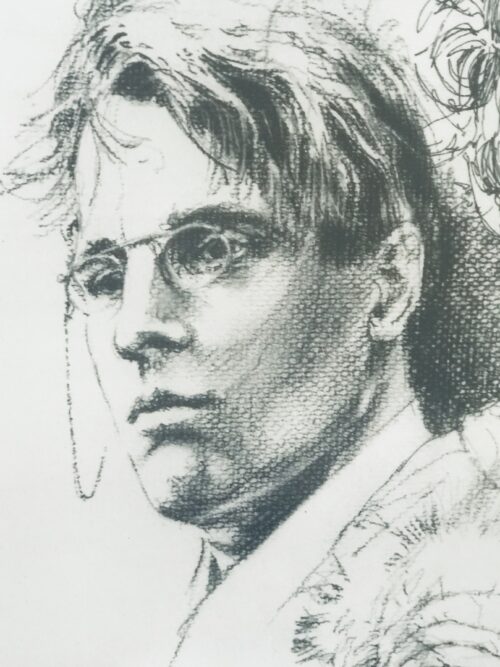
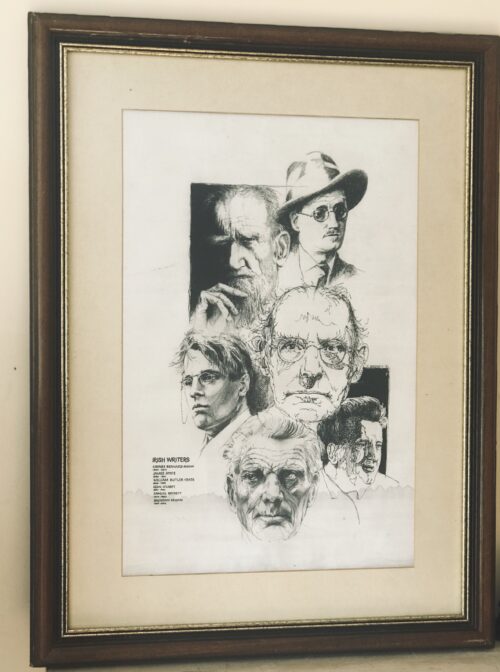
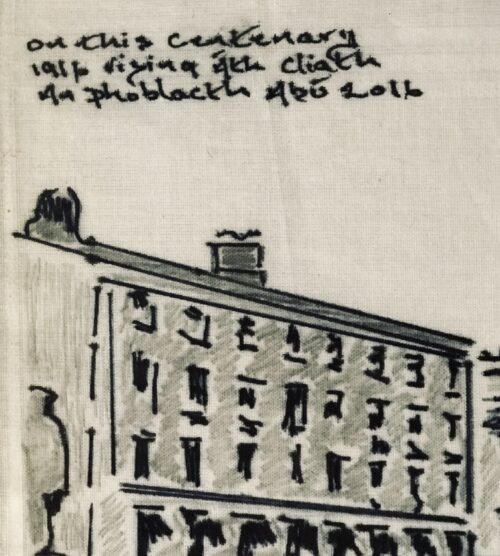

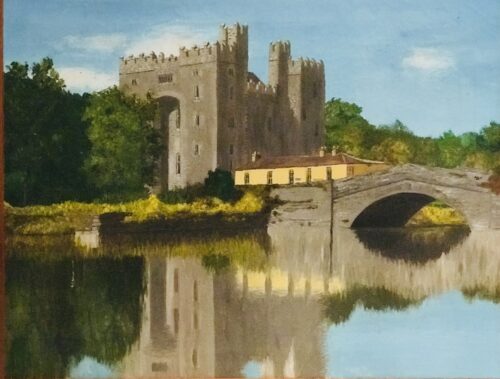
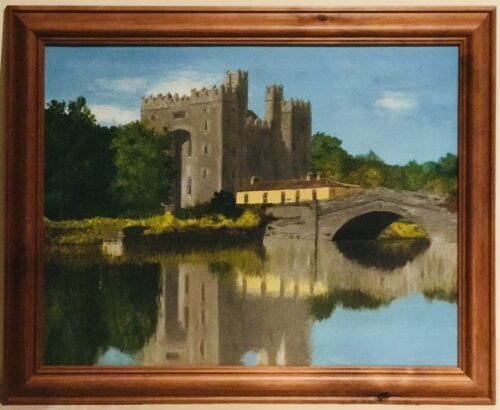













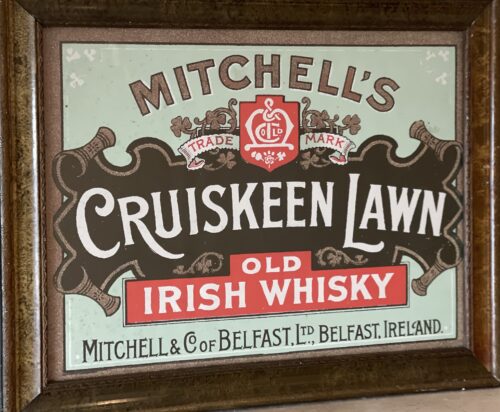
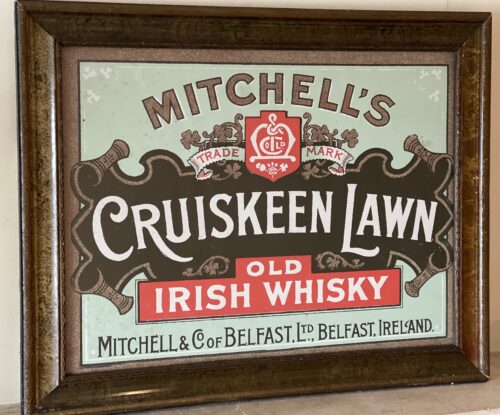
 Some original and rare Mitchell mirrors are still surviving today and can be found in some pubs in and around Belfast today
Some original and rare Mitchell mirrors are still surviving today and can be found in some pubs in and around Belfast today
 Some other examples of Mitchell Mirrors which were mass produced for advertising their products
Some other examples of Mitchell Mirrors which were mass produced for advertising their products





